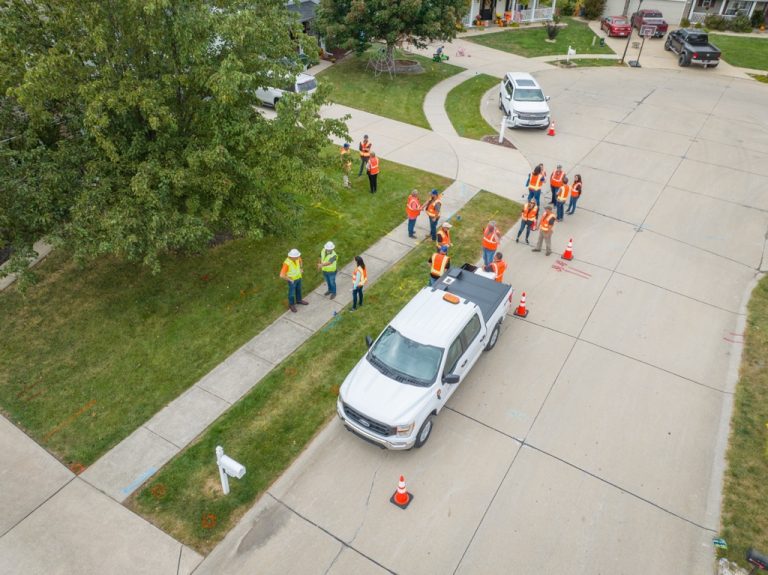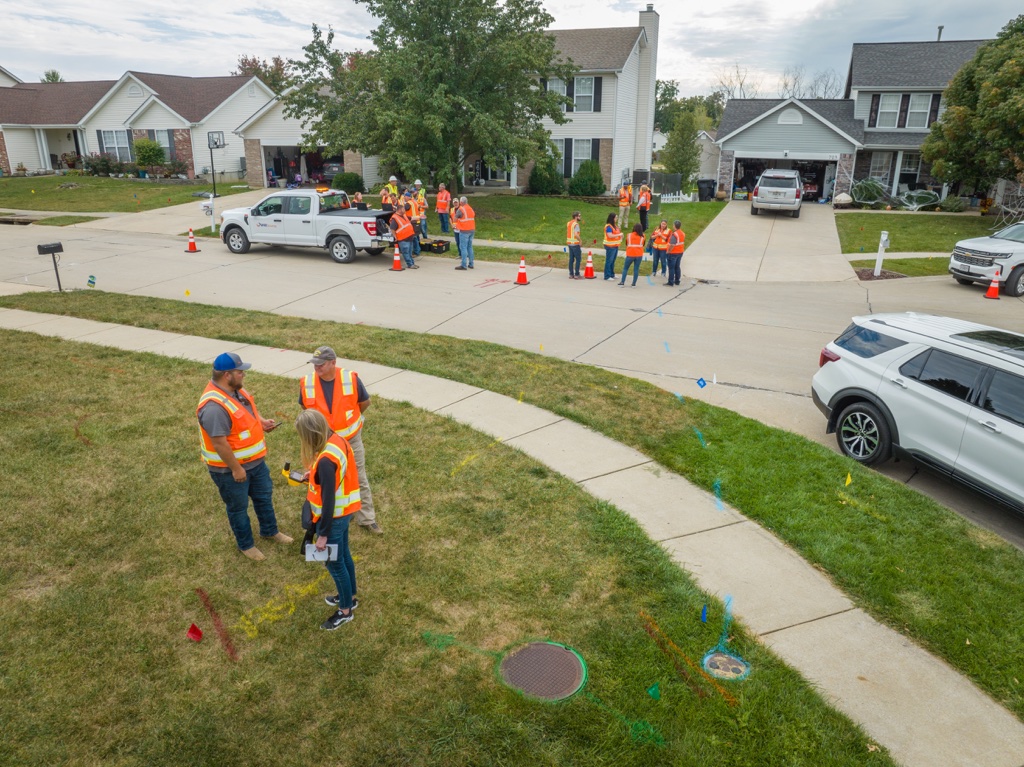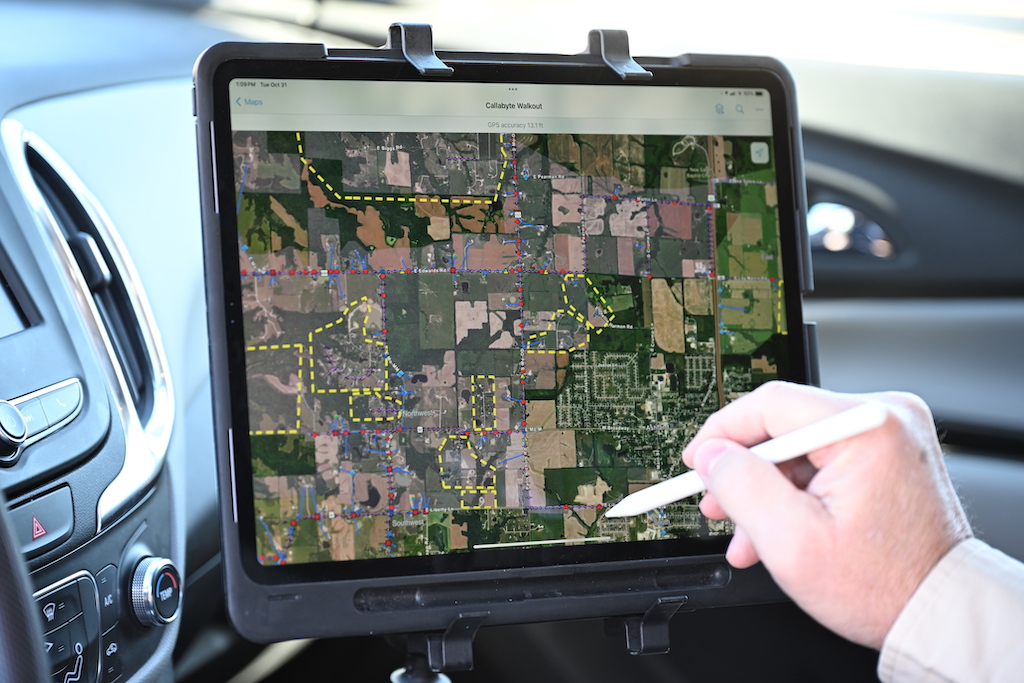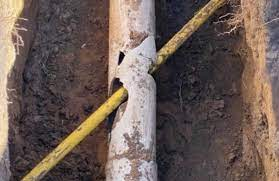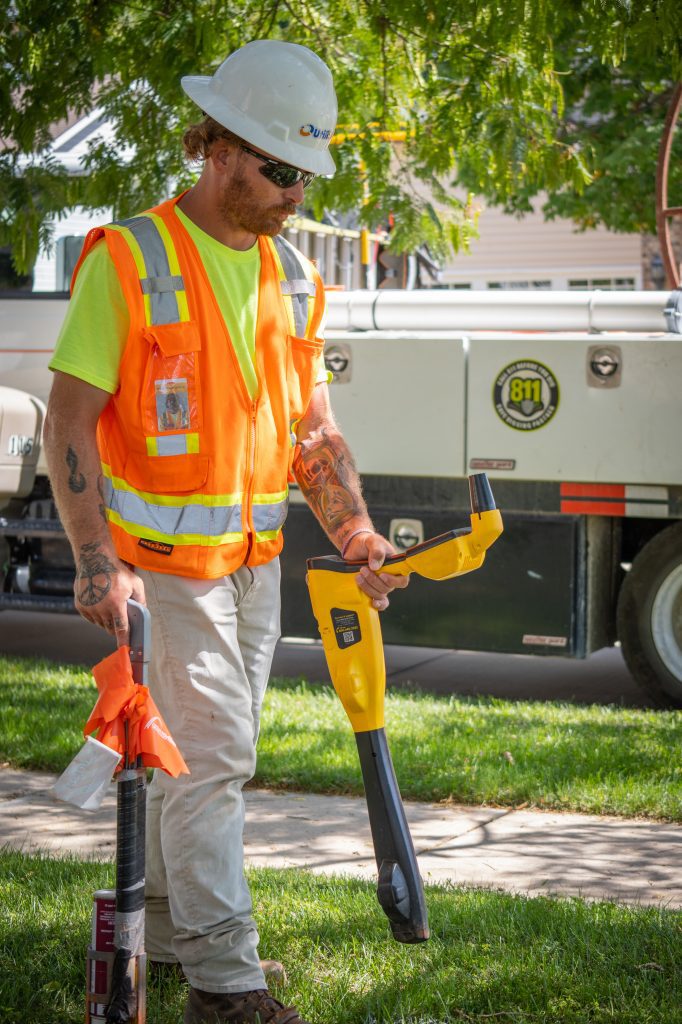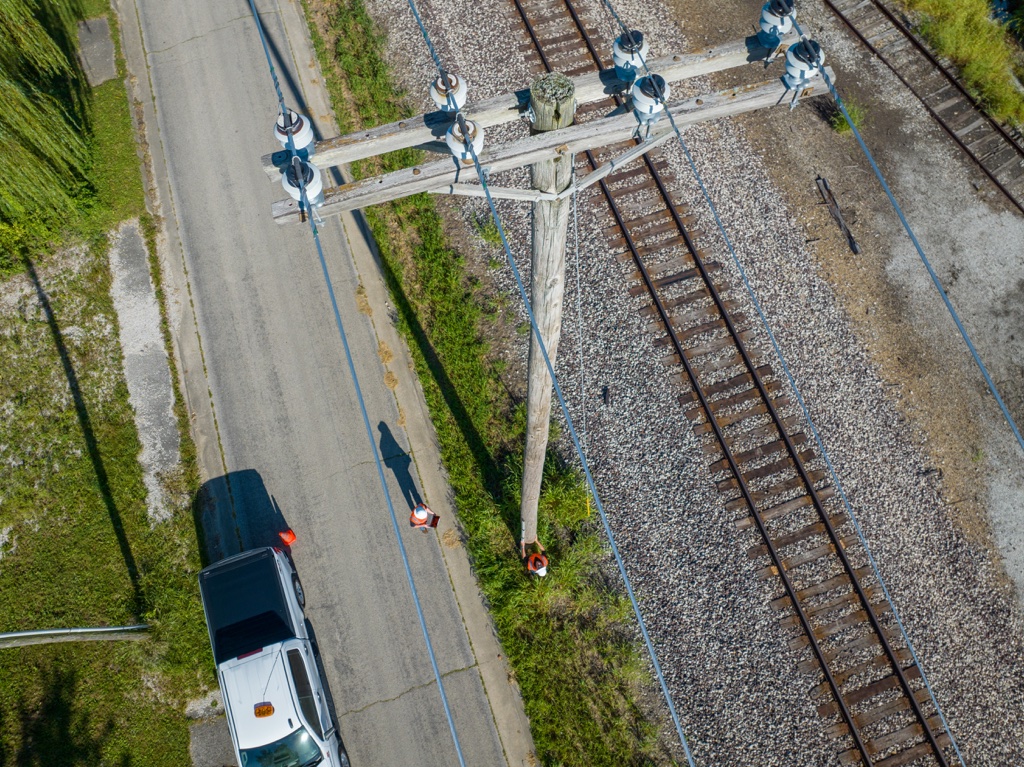In GIS, two network models, the geometric network and the utility network, are essential for managing utility infrastructure.
They are used for GIS data modeling of utilities. These may include electric, gas, water, and wastewater utilities. These models can help in various business processes such as asset management and managing network data.
Understanding Geometric Networks
A geometric network is a framework system in geographic information systems (GIS). It represents and manages utility networks. These networks include water utilities, gas pipelines, and electric utilities. The geometric network structure consists of nodes, edges, and connectivity rules:
- Nodes are points within the network representing features like valves, junctions, or substations.
- Edges: Edges are the linear components that connect nodes, representing features like pipes, cables, or lines.
- Connectivity Rules: Geometric networks enforce specific connectivity rules that dictate how to connect nodes and edges. These rules ensure network integrity and guide flow direction, helping manage complex systems.
Pros of Geometric Network:
- Mature Technology: Geometric networks have been a cornerstone of GIS for decades, offering a mature and well-understood solution.
- Reliable for Simple Networks: Geometric networks are dependable and affordable for simple networks with a simple structure.
- Ease of Configuration: Configuring geometric networks is relatively straightforward and requires less specialized knowledge compared to utility networks.
Cons of Geometric Networks:
- Limited Flexibility: Geometric networks lack flexibility and struggle with complex utility networks, making them unsuitable for large connected systems.
- Challenging Updates: Updating a geometric network can be challenging and time-consuming. This is especially true when dealing with changes to connectivity rules or adding new network components.
- No of Live Options: Geometric networks are not ideal for utilities that need constant real-time updates and changing network behaviors.
Understanding the Utility Network
Esri’s Utility Network, introduced as a successor to the geometric network, represents a quantum leap in network management technology. It incorporates advanced features, dynamic behaviors, and real-time capabilities to handle the demands of modern utilities. The structure of the utility network includes:
- Asset Package: Assets represent real-world features such as pipes, valves, and transformers, each with configurable properties.
- Network Containers: These group assets logically, allowing for better organization and management of different components within the network.
- Associations: They facilitate relationships and associations between assets, allowing for complex modeling of utility networks.
Pros of Utility Network:
- Dynamic Modeling: They provide dynamic modeling, enabling real-time asset condition tracking, predictive analysis, and network scenario simulations.
- Flexibility: They are highly adaptable and support complex utility structures, making them ideal for modern, connected systems.
- Real-Time Updates: They enable real-time data updates, immediately reflecting field changes and network updates, thereby improving functional efficiency.
- Extensive Connectivity Rules: They provide extensive connectivity rules and behaviors, enabling accurate modeling of complex network relationships.
Cons of Utility Network:
- Learning Curve: Implementing and configuring them can be challenging and may require specialized training.
- Resource-Intensive: They may need more substantial computing resources, especially for large-scale deployments because they are advanced.
- Moving from Geometric Networks: Moving to a utility network can be tricky and needs detailed planning and data transfer.
Choosing the Right Network Model
The decision to implement a geometric network or a utility network depends on your utility network’s specific needs and complexity. Here are some considerations to help you make the right choice:
- Network Complexity: A geometric network may suffice for relatively simple utility networks with straightforward topology. However, a utility network is likely better if your network is complex, connected, and dynamic.
- Future Growth: Consider your network’s growth potential and future growth potential. A utility network offers the flexibility to adapt to evolving infrastructure needs.
- Real-Time Requirements: If your utility work needs instant data updates, monitoring, and dynamic modeling, choose a utility network.
- Resources and Expertise: Assess your company’s availability of resources and expertise. Implementing a utility network may require specialized training and support.
- Cost Considerations: Factor in the costs associated with both network models, including licensing, hardware, and implementation.
In conclusion, selecting between geometric and utility networks in Esri’s ArcGIS platform is crucial for utility companies. Geometric networks are primarily basic and reliable. However, utility networks are the future, offering advanced features, live updates, and flexibility for complex networks. Understanding your network’s needs and weighing the pros and cons will assist you in making the best utility management choice.
For your utility network design needs, UtiliSource has your back. Contact us today for more information on utilities network models and utility network implementation.

